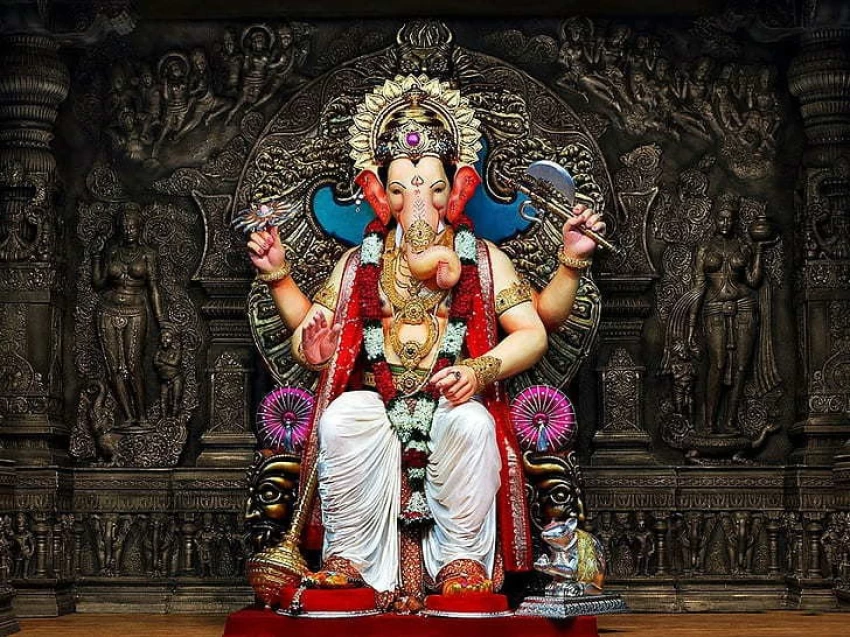Ganpati Bappa Morya

The most awaited day has arrived—the day when Ganpati Bappa will grace our home. Ganesh Chaturthi, one of the most cherished Hindu festivals, is being celebrated across India and the world with immense devotion and enthusiasm. This festival marks the birth of Lord Ganesha, the elephant-headed deity who symbolizes wisdom, prosperity, and good fortune. As households and public pandals (temporary worship structures) adorned with vibrant decorations welcomed Ganesha idols.
Ganesh Chaturthi, also known as Vinayaka Chaturthi, holds deep spiritual significance for devotees. Lord Ganesha is revered as the remover of obstacles (Vighnaharta) and the god of new beginnings. The festival, traditionally lasting 10 days, concludes with Anant Chaturdashi, the day when the idols of Ganesha are immersed in water (visarjan) to signify the cycle of birth and rebirth.
The roots of this festival can be traced back to ancient Hindu texts, but it gained widespread popularity in the late 19th century when freedom fighter Lokmanya Tilak transformed it into a public event. Tilak used the festival as a platform to unite people during India’s struggle for independence, fostering a sense of community and patriotism.
Ganesh Chaturthi celebrations begin with the installation of clay idols of Lord Ganesha in homes and pandals. Devotees offer prayers, sing hymns, and perform aarti (a ritual of waving lighted lamps) to honor the deity. Offerings of sweets, especially the beloved modak (sweet dumpling), are made, as it is believed to be Ganesha’s favorite. The chanting of “Ganpati Bappa Morya” fills homes and streets, creating an atmosphere of devotion.
In major cities like Mumbai, Pune, and Chennai, large and beautifully crafted idols are displayed in public pandals, some towering several feet tall. These pandals often depict creative themes and are adorned with intricate decorations. People from all walks of life visit these venues to offer their prayers.
Although Ganesh Chaturthi is predominantly celebrated in Maharashtra, Karnataka, Andhra Pradesh, and Tamil Nadu, the festival’s grandeur extends far beyond India’s borders. Indian communities around the world, especially in countries like the United States, United Kingdom, Canada, and Australia, organize grand events to celebrate the festival. It serves as a cultural bridge, keeping the diaspora connected to their roots.
Ganesh Chaturthi is not only a religious celebration but also a cultural phenomenon that brings communities together. As the celebrations continue this year, millions of devotees will seek Lord Ganesha’s blessings for health, wealth, and happiness. With growing environmental consciousness, the festival is evolving into a more sustainable celebration, reflecting the changing values of modern society.
